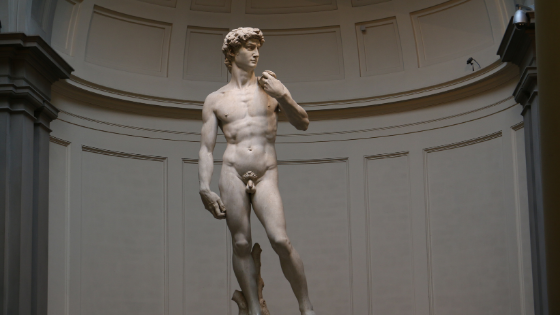
Perfume in the Renaissance
Share
Here we are again immersed in our journey to discover the history of perfumery.
We had remained in the Middle Ages, to the condemnation of perfumery in a frivolous sense for Christian culture and to the birth, thanks to an Arab discovery, of alcoholic perfumery.

Let's pick up the thread starting from the terrible plague epidemic which invaded Europa and which in addition to disfavouring the gathering in the public baths, which indeed closed completely, created the illusion that the water could carry diseases and that prolonged baths would allow them to become a vehicle, right down to their bowels, for diseases and microorganisms.

Hygiene practices were therefore based on dry "cosmetics", through the friction of dry wood on the body impregnated with perfume.
At this point, a breath of fresh air shook Europe, the Renaissance!
During the Rrenaissance man seems to come to his senses andd the bad smell becomes synonymous with disease again to the point that to protect himself from the 'smell those belonging to the middle-upper classes carried with them a small metal container called «pommandre» containing various aromas. So that the constant presence of a good perfume could keep away diseases.

The perfumer Simon Barbe in 1693 wrote the composition of a perfume to wear on oneself which included 2g of musk, 1g of civet and 4 drops of Peru balsam.
Under the influence of the Enlightenment current, we quickly returned to the idea that water and personal hygiene are valid allies for personal hygiene and well-being in general.
![]()

Dott.ssa Federica D'Incà - COSMAST Master in Cosmetic Science and Technology
"Every woman has the right to be beautiful" - Elizabeth Arden
